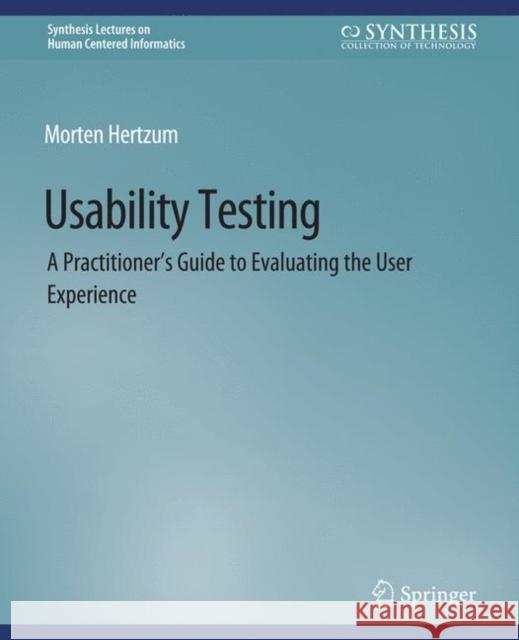Usability Testing » książka
Usability Testing
ISBN-13: 9783031010996 / Angielski / Miękka / 2020
It is all too common for products, such as consumer appliances, information systems, mobile apps, and websites, to cause trouble and frustration. For example, products are often difficult or dull to use, make tasks less flexible or more tedious, shift attention away from important or gratifying activities, and simply fail to deliver expected benefits or experiences. By identifying such trouble and frustration in the lab prior to widespread use, usability tests have proven a valuable method for informing redesign efforts. A usability test consists of having test users exercise a product and think aloud about their experience using it, while an evaluator observes the users and listens in on their thoughts. On this basis the evaluator identifies usability problems and assesses the user experience. This book describes how to conduct usability tests. After providing context about concepts and testing, the main chapters of the book cover the steps involved in preparing for a usability test, executing the test sessions, and analyzing the test data. Throughout the chapters, concrete guidance is balanced against more complex issues with an impact on the robustness, validity, completeness, impact, and cost of a usability test. The book concludes with an outlook to variations of usability testing and alternatives to it.











